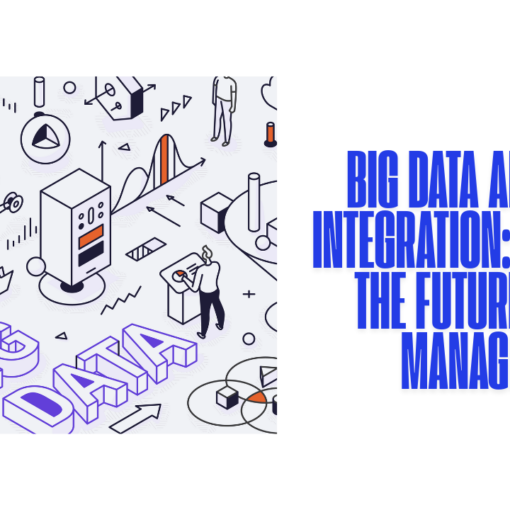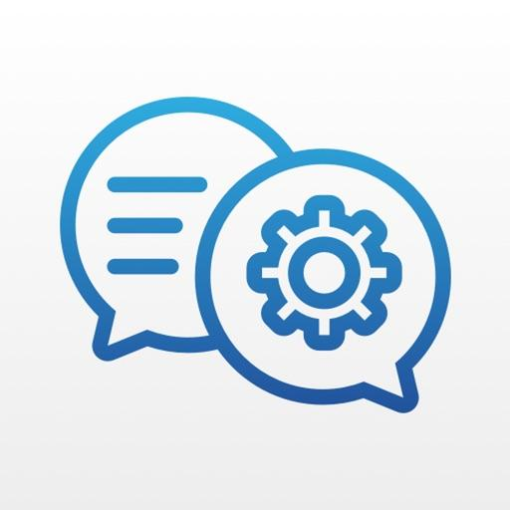SAP HANA is SAP’s ERP product line, with SAP S/4HANA being the most recent addition to the series. As a fourth-generation solution, the program was constructed and released in 2015. It was built using cutting-edge database technology. SAP HANA Implementation. SAP Consulting Services.
Implementing SAP HANA could help you handle inter-departmental processes, as ERP systems are typically used for business resource planning. Aside from that, the solutions enable you to oversee numerous modules relating to accounting, marketing, production, and sales, as well as more complicated processes such as supply chain management.
Currently, the majority of companies that use SAP ERP solutions use SAP ECC. However, according to current revisions, ECC support will be available until 2027, and only for the regular contract plan, with the opportunity to extend it until 2030. Those who need to take advantage of SAP’s most recent offerings, however, should upgrade to SAP S/4 HANA with quick SAP HANA testing.
Though transformation is critical for company success, firms must consider business continuity and efficient workflow when deploying the latest version of SAP. As a result, there would be no harm in approaching the implementation in accordance with the stated method in order to get predictable results by resolving SAP issues.
SAP S/4 HANA Implementation
Every firm running SAP Systems and contemplating a transformation must go through the first phase of the implementation-confronting the possibilities afforded by S/4 HANA with its business processes while following the SAP S/4 HANA implementations guide. SAP Consulting Services
For such large-scale SAP system implementation projects, a variety of solutions are available. Our SAP S/4 HANA execution guide enables a thorough evaluation and proper delivery of this cycle throughout time. Most importantly, our major goal isn’t just to adapt the framework to the organization’s business cycles; but, to plan its capacities such as accomplishing business objectives substantially more viable.
As a result, we treat the first phase of S/4 HANA transformation as a separate service, with the end result being a comprehensive roadmap defining how a company should approach the conversion in conjunction with the SAP S/4 HANA implementation guide. Gathering information such as S/4 HANA features, cost and time required is also part of this process.
The key steps of the first phase implementation for SAP S/4 HANA includes:
Business Readiness Check
This step necessitates the creation of a standard readiness report, which is processed after a thorough examination of the technical and business aspects of implementation. The ERP testing business also uses the report to determine the path to implementation.
Business Requirement Check
The second step entails creating a list of all the changes that must be made to the current ERP system. Furthermore, the second stage focuses on the execution cycle, which includes determining the crucial path to S/4 HANA deployment as well as determining the development environment’s fit for the existing process.
Verifying ABAP Code
The ABAP code must be checked for SAP HANA standards conformance in the third step of the procedure. This would necessitate valuing SQL queries in ABAP projects in accordance with current norms. In addition, the procedure necessitates determining the set of improvements that must be used to ensure precision in data collection while keeping accessibility time to a minimum.
Environment Architecture
Last but not least, the information acquired to assess the readiness of the implementation process, as well as all IIT requirement analysis data, is used to study the accessible framework. This stage requires developers to work on objective climate design while collaborating with the Equipment Service Provider on how to use the plans. Overall, this stage leads to the creation of the creation of the actual or final environment architecture, which includes hardware, an operating system, and a local area network (LAN).
SAP S/4 HANA Implementation Methodology
SAP S/4 HANA Implementation methodology consist of six different phases. They are:
The Discover Phase
During this phase, project teams learn about the capabilities of SAP system in order to better grasp the business value and benefits of implementing S/4 HANA. It also allows the team to define the target technological architecture and decide on an execution approach. This phase also allows business users to create the business case for installing SAP S/4 HANA as well as the digital transformation journey’s deployment roadmap.
The Prepare Phase
The initial project planning and preparation at the project management level takes place in this phase, which includes drafting the S/4 HANA implementation plan as well as team assignments. This phase also includes defining the S/4 HANA project’s goal, as well as creating and quantifying business value targets for S/4 HANA implementation. Project standards, governance, and structure are deployed, as well as executive sponsorship. In this phase, the project team’s roles and responsibilities are also finalized.
The Explore Phase
In this phase, business users investigate SAP best practices and standard business processes (known as Fit-to-Standard) that are mapped for S/4 HANA, such as order-to-cash, procure-to-pay, or hire-to-retire. Sample data from a fictional organization is also supplied, allowing business users to execute end-to-end operations to see how well a conventional solution matches their needs. The SAP consulting firm and the business users agree on the configurable objects required for the enterprise. A business code, which is responsible for all legal and financial reporting, a plant, which can be a production unit or a head office, a warehouse, or sales organizations, one of which is responsible for local sales and the other for export sales, are examples of configurable objects.
The Realize Phase
In this phase, a series of actions create, test, and validate the business scenarios and processes specified in the previous phase (the Discover Phase). The correctness and completeness of master data are checked and validated to guarantee that transactions and business processes run smoothly and without errors. During the realize phase, all customer-developed objects are also tested. The goal is for key business users to be taught as ‘trainers’, with the goal of these SAP trainers eventually training end-users (the train-the trainer approach). End-user training is also designed so that the proper end users are contacted at the right time and are only trained in their areas of responsibilities. End-to-end integration testing involving various SAP components is performed by business users and SAP consultants to ensure that data and information flows from and into various SAP components are complete and correct.
The Deploy Phase
The master trainers conduct end-user training at this phase. Cutover activities are underway as the organization migrates from traditional systems to S/4 HANA. Preparing the SAP production system with final master data uploads, uploading the cutover or closing financial and inventory balances from legacy systems into S/4 HANA, testing and validating all roles and authorizations for business users and end-users are just a few of the critical cutover activities. All stakeholders are aligned at the end of the change management efforts to ensure that the transition to S/4HANA is not only accepted but also smooth. When the S/4HANA system is live, business and end-users can start inputting data, starting with the backlog data that accrued during the transition from legacy systems to S/4HANA (this phase is known as the ‘blackout,’ in which no data is entered into legacy systems).
The Run Phase
The S/4 HANA system is further stabilized during this phase by ensuring that all potential faults, errors, or inaccurate entries that may have happened during the initial few days of S/4 HANA being live are immediately remedied. Establishing a dedicated IT or SAP helpdesk to address such issues will go a long way toward making S/4 HANA run more smoothly. Business users play an important part in ensuring a trouble-free S/4 HANA implementation by working closely with a company’s internal SAP helpdesk as well as SAP consultants to promptly and fully fix any issues that arise. A successful and timely financial closing of the first month under S/4 HANA serves as a litmus test for the correct and dependable operation of business processes.
Which conversion path to choose?
It’s time to choose a real-world transformation scenario after correlating the S/4 HANA capabilities with the organization’s requirements. Brownfield and Greenfield are SAP’s two fundamental S/4 HANA implementation choices. Both are dependent on the company’s current SAP ECC framework and its financial capabilities, budget limit, and confirmation of long-term objectives.
Brownfield Implementation
A typical brownfield SAP S/4 HANA implementation is a minimalistic approach requiring little redesign of the business process.
The benefits of Brownfield Implementation include:
- Reduction in implementation time.
- Reduced costs.
- Business processes remain unchanged.
- Access to new features of S/4 HANA: SAP Fiori, HANA database, and Embedded Analytics.
Greenfield Implementation
A typical greenfield SAP S/4 HANA implementation focuses on a long-term strategy that takes use of SAP S/4 HANA’s new capabilities to gain a competitive edge.
The benefits of Greenfield Implementation include:
- Enhanced system capabilities.
- Redesigned business processes.
- Complete Digital Transformation of the business.
- Increased competitive advantage.





